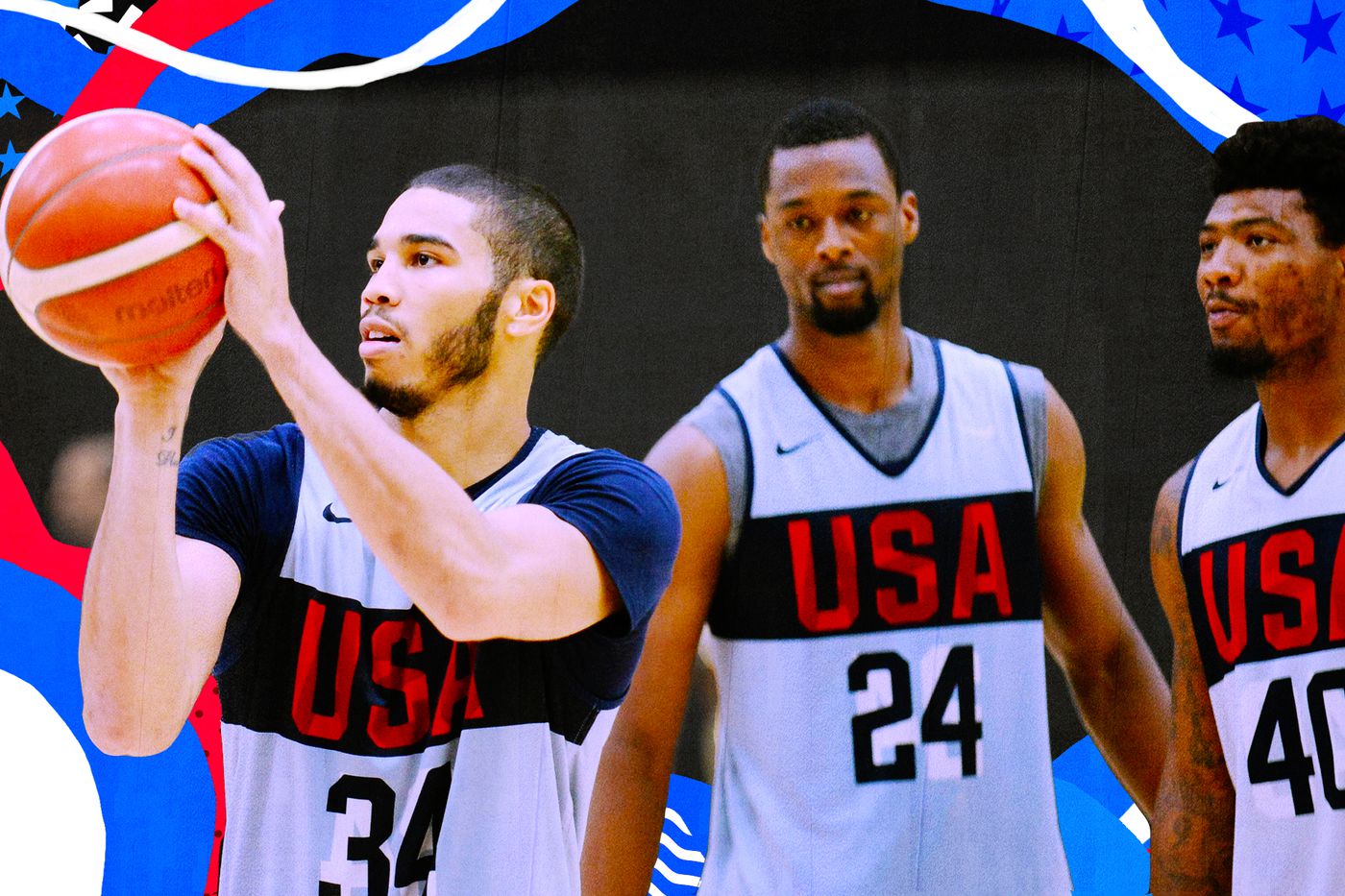This is where we are.
Team USA lost a warm-up exhibition to Australia on Saturday morning, falling victim to a Patty Mills explosion in Melbourne. Is this reason to worry? Well, yes: it was Team USA’s first loss when using exclusively NBA players since 2006, a span of 78 games. Even though it was an exhibition, both teams were playing to win. It’s clearly a sign that Team USA is vulnerable, which was obvious to anyone who looked at the roster.
Team USA shredded Canada in its final exhibition early Monday — Canada has also been leveled by dropouts among its best players — but there is a real chance the Americans will lose in the World Cup and fail to win gold at a global tournament using NBA players for the first time since 2006.
That’s OK. The United States doesn’t need to be invincible, even in a sport the nation has dominated for decades. It should not be an affront to our sensibilities to watch another nation temporarily reign in basketball.
It’s not imperative to continue proving when the best American-born stars are no longer interested in the fight. We can all see the Team USA roster. We know this is not America’s best. And yet, the team still has a fighting chance to win. Let’s not get too worked up if they don’t.
Things have been changing in the global game for decades, but it’s interesting to note that even if the top Americans hadn’t declined to participate, the best player in the World Cup wouldn’t definitely be on Team USA. Giannis Antetokounmpo, the reigning NBA MVP, has a claim to best in the world status, and he’s playing for Greece. Previous MVP-caliber international players (Dirk Nowitzki, Steve Nash) haven’t been able to lead their nations to international glory as solo stars, but Antetokounmpo and Greece might be different. There would be no shame if Mitchell or Kemba or Jaylen Brown struggled to outduel Antetokounmpo in a FIBA knockout game and lost. He’s Giannis!
Spain is in transition, but has Ricky Rubio and Marc Gasol and years upon years of camaraderie and familiarity. France has Rudy Gobert, perhaps the third-best player in the tournament, plus some NBA and high-end Euroleague talent. Russia is usually tough. Lithuania has a squad. Germany might have its best roster in decades. Australia is clearly capable of beating the Americans. Brazil going deep in the tournament wouldn’t be a shocker.
There are a handful of teams that are capable of beating this version of Team USA. One of them will quite possibly do it. That’s no reason to panic. This is the version of Team USA that American basketball stars are willing to put together given all the circumstances — money, load management, scheduling. So it goes.
